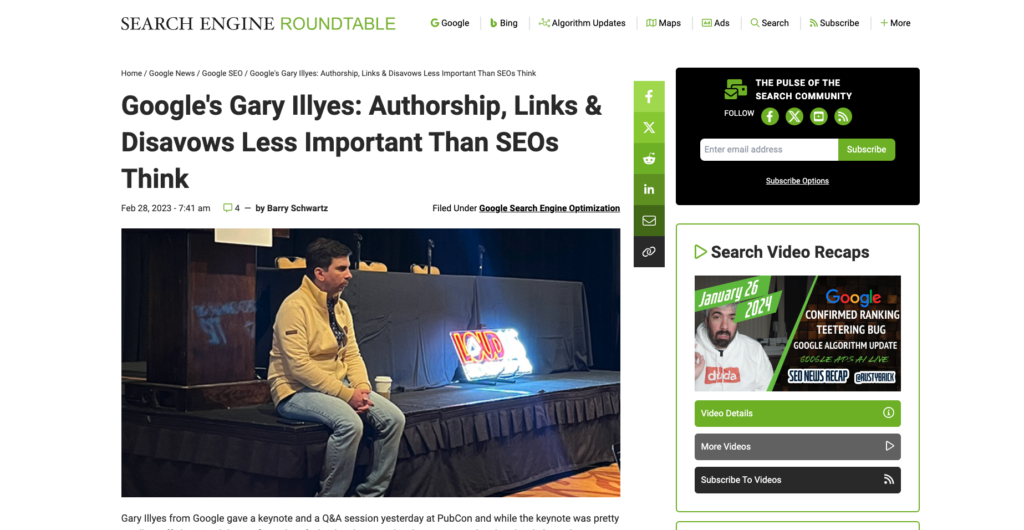Understanding Google’s Evolution
When people talk about toxic links, they are describing backlinks from other websites to pages on your website that have a negative effect on your rankings.
In reality, this isn’t really a thing anymore and here is why.
There was once a time when links were the ultimate currency of SEO. Every marketer out there was spamming the web and buying as many backlinks as their budgets could afford.
This even led to an entire industry of server farms creating useless websites with the sole purpose of providing backlinks to anyone who was willing to buy them.
As Google got better at utilizing these types of signals, they began creating rules and utilizing algorithmic and manual penalties against websites that would either hinder rankings or remove you from the Index altogether.
But what is a marketer to do? Calling up those companies and saying, “Hey, I know I bought 100,000 backlinks from you last year, but could you remove them all?”
Google creates the disavow tool
At this point marketers begged for help and Google came along and provided the Disavow tool. That is right. If you have tried, unsuccessfully, to have these backlinks removed from the web, here was a solution.
These are the 2 ways that marketers previously addressed toxic backlinks. Either convincing websites to remove these backlinks, or adding the links or even an entire referring website to their disavow file.

Penguin solves the problem of most toxic backlinks
Around 2016 though, Google launched a major improvement to their Penguin algorithm and this began the process of attributing little to no value to spammy, low quality links.
For the most part, this should have been the beginning of the end of most discussion around toxic links. And yet, habits and misguided blog posts still remain.
These are actual examples I myself have heard in the last few years and still do from time to time.
Got a no follow link, disavow
Got a link from a website that doesn’t look professional enough, disavow
Got a link from a website with a low DR rating, you got it…
There are a few problems with this.
Penguin got really good at identifying sketchy websites. So instead of attributing negative signals, Google began ignoring them. So there was no need to disavow these type.
Besides the fact that some websites may have started out as low authority, but as time went by, they may have become a very strong website and yet, they are still blocked. Those backlinks might have grown to be very effective.
Also, when these server farms stopped seeing a booming industry in selling links, these domains became available. A small percentage even went on to create quality websites.
And there your disavow file sits. Still blocking all of these websites, some for up to a decade without anyone even realizing it. – As a side note, have someone look at your disavow file.
Back to toxic links. Google has had a lot to say about backlinks and disavow files.
Last year at a Pubcon event, many from the SEO Twitter community were shouting out online that during a Q&A with Gary Illyes, he made a reply that:
“It’s often enough that if it were me, I’d remove the disavow tool. If you don’t know what you are doing you can shoot yourself in the foot.”

And even John Mueller as recently as 2023 said it succinctly.
Essentially — if you weren’t buying links, don’t disavow.

You can judge the quality of your backlinks all day long, but for the most part, links are unlikely to hurt your rankings. I don’t recall the last time anyone mentioned to me that their website received a manual penalty.
In the end, I do not think toxic links are much of a thing. Put your time, effort and budget into building links rather than fretting over the ones you already have.
